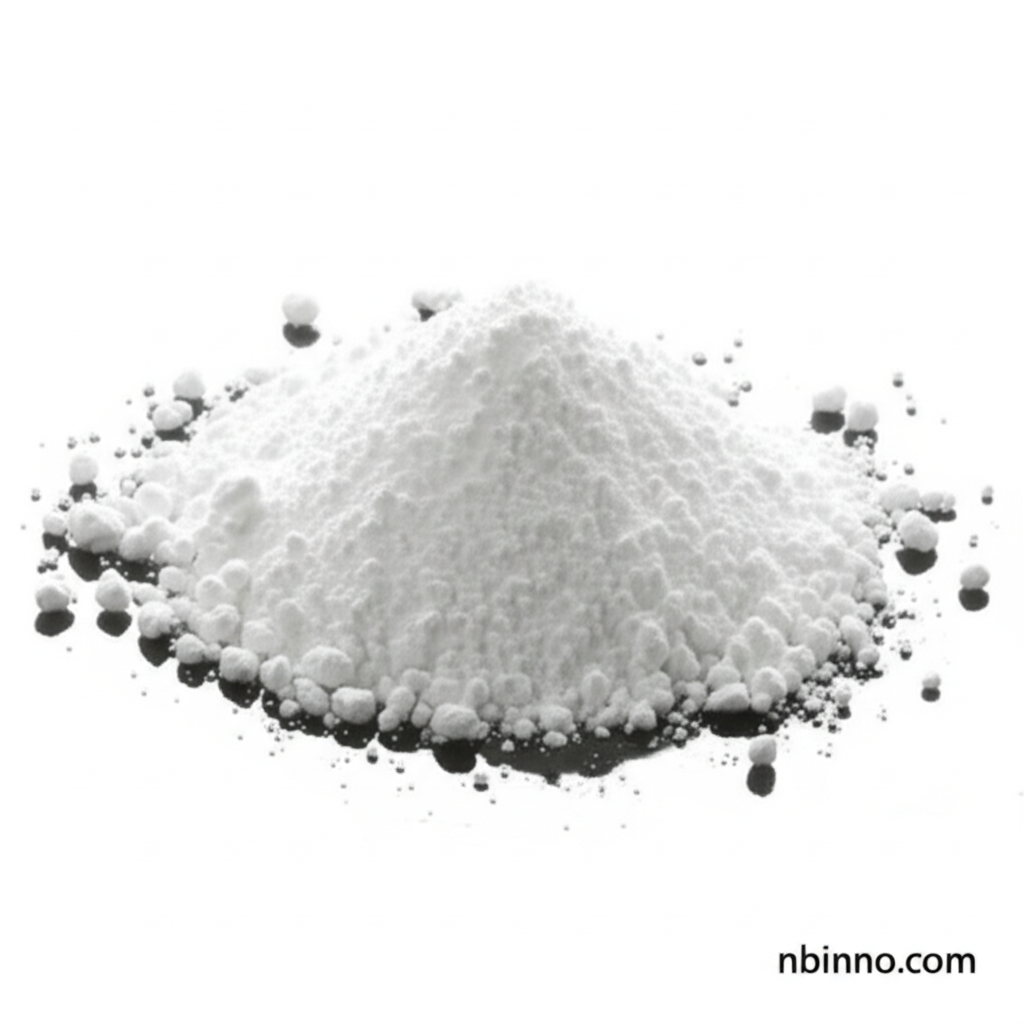Ethyl Oxamate: Synthesis, Properties, and Applications
A comprehensive guide to Ethyl Oxamate, a crucial compound for organic synthesis and pharmaceutical development.
Get a Quote & SampleProduct Core Value

Ethyl Oxamate
Ethyl oxamate, identified by CAS number 617-36-7, is a vital organic compound primarily utilized as a building block in complex organic synthesis. Its chemical structure, featuring both amide and ester functionalities, lends itself to a wide array of chemical transformations, making it invaluable in the creation of novel molecules.
- Unlock new molecular architectures: Explore the diverse applications of ethyl oxamate in constructing intricate organic compounds, driven by its versatile reactivity.
- Advance pharmaceutical research: Discover how ethyl oxamate in organic synthesis contributes to the development of new drug candidates and intermediates, accelerating drug discovery pipelines.
- Master complex reactions: Utilize the compound in processes like the Mitsunobu reaction ethyl oxamate is known for, enabling efficient stereospecific synthesis of valuable amines.
- Ensure high purity and quality: Source reliable ethyl oxamate cas number 617-36-7 that meets stringent purity standards for consistent research and development outcomes.
Key Advantages
Versatile Reactivity
The dual functionality of ethyl oxamate makes it a highly reactive molecule, ideal for various chemical transformations as a foundational component in organic synthesis reagents.
Pharmaceutical Applications
As a critical component in pharmaceutical intermediate manufacturing, it plays a significant role in the synthesis pathways of numerous active pharmaceutical ingredients.
Efficient Synthesis Pathways
Explore its role in developing efficient chemical building blocks for research, streamlining complex synthetic routes and improving yields in fine chemical synthesis.
Key Applications
Organic Synthesis
Ethyl oxamate is extensively used as a building block in the synthesis of various organic compounds, facilitating complex molecular construction through reactions like nucleophilic substitution.
Pharmaceutical Chemistry
It serves as a crucial intermediate in the development of APIs and potential drug candidates, contributing significantly to the field of drug discovery chemistry.
Biochemical Research
The compound is employed in biochemical studies to understand enzyme mechanisms and metabolic pathways, aiding in the exploration of biological processes.
Fine Chemical Production
Its reliable availability and consistent quality make it a preferred choice for manufacturers producing specialized fine chemicals for diverse industrial uses.
